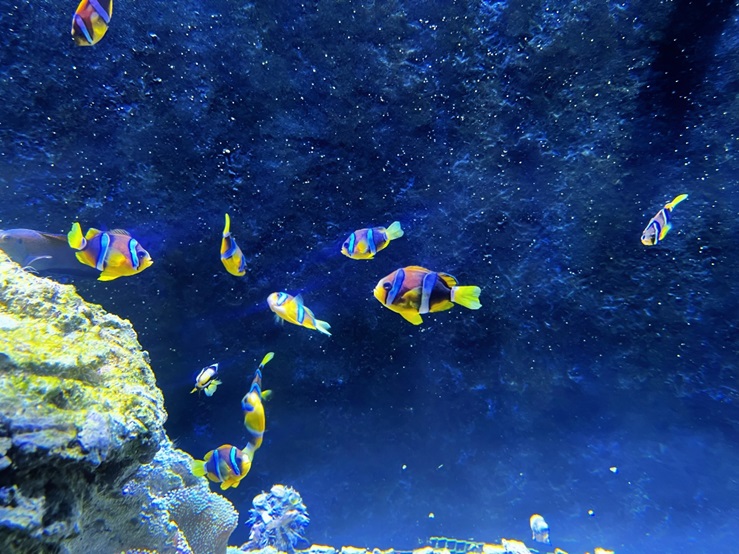Guide to Types of Tank Substrate: Choosing the Right Foundation for Your Aquarium

Creating a successful aquarium requires careful consideration of various factors, and one critical aspect is selecting the appropriate tank substrate. The substrate, or the material that lines the bottom of the tank, plays a crucial role in supporting the health and well-being of your aquatic ecosystem. In this comprehensive guide, we will explore different types of tank substrates, their unique characteristics, and how to choose the right one for your aquarium setup. We will also address the question of whether can you use play sand as aquarium substrate.
-
Importance of Tank Substrate
The tank substrate serves multiple essential functions in your aquarium:
- Plant Growth: A good substrate provides a stable anchor for aquatic plants, allowing their roots to establish and grow. It offers the necessary support for healthy plant growth, preventing plants from floating or uprooting easily.
- Biological Filtration: Beneficial bacteria colonize the substrate, assisting in the breakdown of waste materials. These bacteria play a vital role in maintaining water quality by converting harmful substances like ammonia into less toxic compounds.
- Aesthetic Enhancement: The choice of substrate can significantly impact the visual appeal of your aquarium. It helps create a natural-looking habitat for your fish, plants, and other aquatic inhabitants, enhancing the overall aesthetics of the tank.
-
Different Types of Tank Substrate
There are various types of tank substrates available, each with its own unique characteristics. Here are some commonly used substrate options:
- Gravel: Gravel is a versatile and widely used substrate in aquariums. It comes in different sizes, shapes, and colors, allowing for creative aquascape designs. Gravel provides good water circulation, prevents debris from settling on the surface, and supports the growth of beneficial bacteria.
- Sand: Sand is another popular choice due to its fine texture and smooth appearance. It is ideal for bottom-dwelling fish species and those that enjoy sifting through the substrate. However, sand can compact over time, affecting water circulation and potentially creating anaerobic pockets.
- Aquatic Soil: Aquatic soil is specifically formulated for planted aquariums. It is rich in nutrients necessary for plant growth, providing a fertile substrate that supports root development. Aquatic soil also helps buffer the water’s pH, creating a favorable environment for plants.
- Crushed Coral or Aragonite: These substrates are commonly used in marine or reef aquariums. They help maintain a higher pH and alkalinity level, promoting the growth of coral and other marine organisms. They are particularly beneficial for aquariums housing marine invertebrates and corals.
-
Can You Use Play Sand as Aquarium Substrate?
Using play sand as an aquarium substrate is a topic of debate among aquarium enthusiasts. Here are some considerations:
- Particle Size: Play sand typically has a larger particle size compared to aquarium sand. The coarse nature of play sand can create challenges for certain fish species, especially those with delicate fins or barbels, as they may get damaged while sifting through the substrate.
- Compaction and Water Circulation: Play sand can compact over time, restricting water circulation and potentially creating anaerobic conditions. This can lead to the accumulation of harmful gases and impact the overall health of the aquarium.
- Chemical Additives: Play sand may contain chemical additives or impurities that are not suitable for aquarium use. These additives can be harmful to fish and other aquatic organisms, disrupting the delicate balance of the aquatic ecosystem.
Conclusion
When choosing a tank substrate, it is important to consider the needs of your fish, plants, and the overall aesthetics you desire. While play sand may seem like a cost-effective option, its larger particle size and potential for compaction and chemical additives make it less suitable for aquarium use. It is recommended to choose substrates specifically designed for aquariums, such as gravel, sand, or aquatic soil, as they provide better water circulation, support plant growth, and promote a healthier aquatic environment.